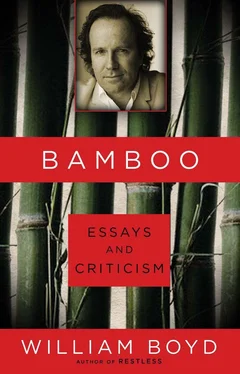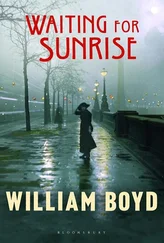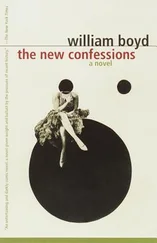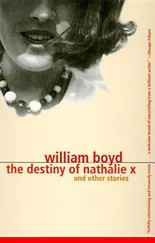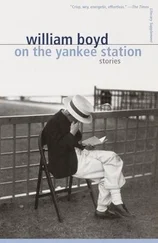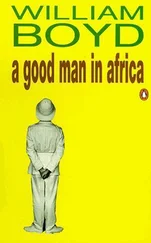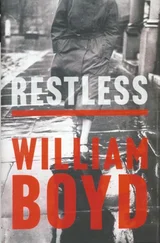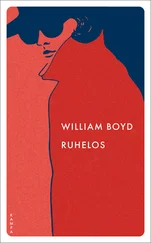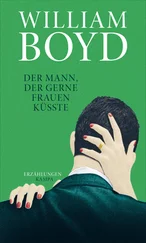All these techniques are narrative skills that Dickens possesses in abundance, that contrive to keep the story moving, that deliver a sense of something shapely and well constructed (though he doesn’t hesitate to resort to absurd coincidence when he is in a tight spot). But they are the sort of manipulations that, I would suggest, manifest themselves in the day to day business of writing and plotting the monthly numbers. The component parts — the whirring cogs, the levers and the pulleys — are all functioning well: it is only the grand design of the machine that is flawed.
Not that this unduly matters, I repeat. The poet and critic Craig Raine suggests, quite rightly I believe, that “finally, we read Dickens for his brilliant detail.” Detail like this, for example: “his fingers, clogged with brilliant rings, were as unwieldy as summer flies but newly rescued from a honey pot.” This is masterfully done, not simply in terms of the visual analogue provided — one knows exactly the degree of vulgar flashiness we are dealing with — but also for its undertones, of “flies round a honey pot,” of the element of corruption — there is something candidly disgusting about this image. The fact that the simile is applied to Tigg Montague in his newfound glory makes it all the more apt. And the fact too that this is but one image in a marvellously burnished paragraph devoted to a description of Montague Tigg turned Tigg Montague is further evidence of Dickens’s prodigality.
A little later, in the extraordinary pages that make up our introduction to the Anglo-Bengalee Disinterested Loan and Life Assurance Company, we find this: “Look at the green ledgers with red backs, like strong cricket-balls beaten flat …” The strength and sheer originality of this simile almost draw you up short. A cricket-ball beaten flat? Something I doubt anyone has ever seen, but in the forcing jar of Dickens’s imagination it not only is readily visualized but it also provides a vision of these mighty ledgers that is perfectly precise.
These “brilliant details,” the quality of writing, the very palpability of Dickens’s descriptive prose, are the nuggets we quarry from the great bulk of the novels and Martin Chuzzlewit is richly provisioned with them. But there are moments when Dickens, in full flow, is able to extend this feeling of physicality through entire paragraphs. Here, for example, is part of a description of Mrs Todgers’s boarding house:
In particular, there was a sensation of cabbage; as if all the greens that had ever been boiled there, were evergreens, and flourished in immortal strength. The parlour was wainscoted, and communicated to strangers a magnetic and instinctive consciousness of rats and mice. The staircase was very gloomy and very broad, with balustrades so thick and heavy that they would have served for a bridge. In a sombre corner of the first landing, stood a gruff old giant of a clock, with a preposterous coronet of three brass balls on his head; whom few had ever seen — none ever looked in the face — and who seemed to continue his heavy tick for no other reason than to warn heedless people from running into him accidentally. It had not been papered or painted, hadn’t Todgers’s, within the memory of man. It was very black, begrimed, and mouldy. And, at the top of the staircase, was an old, disjointed, rickety, ill-favoured skylight, patched and mended in all kinds of ways, which looked distrustfully down at everything that passed below, and covered Todgers’s up as if it were a sort of human cucumber-frame, and only people of a peculiar growth were reared there.
All the familiar Dickensian tropes are pressed into service here. Comic exaggeration, the swaggering simile (“balustrades …[that] would have served for a bridge”), personification, the conversational aside (“It had not been papered or painted, hadn’t Todgers’s”), the piling on of adjectives and then, finally, the startling transmogrifying image — of Todgers’s as a human cucumber-frame — that leaps from the page and delivers us Todgers’s in a manner so fresh, so audacious, that any sense that this was merely another run-of-the-mill tumbledown dwelling, of the sort that has been described in literature countless times before, is entirely banished from our minds.
There are also other, more covert, talents at work in passages like this: to do with punctuation and rhythm and sentence cadence. This is hard to analyse, and it may even be an instinctive gift, but Dickens, it seems to me, has a superb sense of timing, of when to throw in a short sentence—“It was very black, begrimed, and mouldy”—amongst longer ones; of when to allow the parenthetical clauses to build and mount; of when to introduce repetition (“The staircase was very gloomy and very broad”); and so on. This ability to orchestrate the pace of these bravura passages in no small manner contributes to their success. The way a paragraph like this is structured acts as a kind of invisible matrix upon which the ideas and images may confidently rest; and Dickens shows himself as deftly accomplished with these more recherché technical gifts, as with the principal ones of story, character and language, allowing them discreetly to distribute and enhance the various forces of the words he employs. One may admire the splendid ambition of the architect but one should never forget the less ostentatious labours of the engineer. Dickens, as we have seen, was a formidable exponent of both professions.
There are many passages of similar brilliance in Martin Chuzzlewit, as there are in all of Dickens’s novels, but Chuzzlewit, to my mind, is amongst the most amply provided. Furthermore, it is not simply a matter of sparkling and pyrotechnical description. Chuzzlewit, it is worth reiterating, is Dickens’s funniest novel, and it is the ever present, and effervescent, sense of comedy, alongside the virtuoso wordplay and image-mongering, that makes paragraphs like the one quoted above so memorably effective.
If, in some notional parlour game, I were asked to select the most sustained passage of comic writing in English literature, to choose a tour de force that one could confidently present as an exemplar of the comic form, then I think I would offer up as my choice the penultimate chapter of Evelyn Waugh’s Scoop, where Salter, the hapless news editor, follows William Boot to Boot Magna, the family home, and tries to persuade him to rejoin the staff of the Daily Beast. Every time I read these pages I laugh again and exult at Waugh’s impeccable comic sense. Comparisons are invidious, and the comic styles are so different in any case, but I now believe that the pre-eminence of the penultimate chapter of Scoop is seriously challenged, if not overthrown, by chapters eight and nine of Martin Chuzzlewit, pages which deal with the Pecksniff family’s trip to London, their arrival at Todgers’s, their visit to Miss Pinch and concluding with the Sunday dinner given in the Pecksniffs’ honour by the gentlemen lodgers. Waugh’s style is all to do with restraint, the humour is implicit, everything is merely presented — shown — and it is the reader who, automatically, fleshes out the context and significance, and supplies the humour and absurdity. Waugh sets the charges, if you like, and the reader detonates them. In Dickens the reverse is true — Dickens tells as well as shows — and it is a remarkable tribute to the potent verve and dynamism of his style (and perhaps to the fact that, at root, senses of humour barely change) that, a century and a half on, these forty pages or so of Martin Chuzzlewit provide such fecund and inventive writing as well as such rich and apparently timeless comedy. They are, in my opinion, unmatched in all his other novels.
Читать дальше
